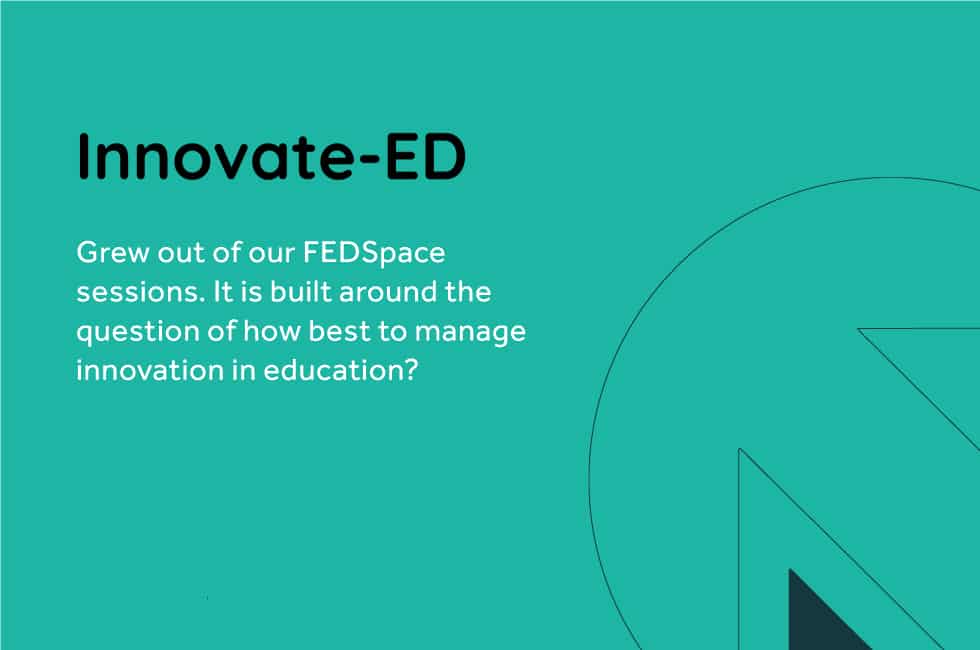Innovate-ED grew out of our FEDSpace sessions. It is built around the question of how best to manage innovation in education? In the style of all FED’s work, it brings together a wide range of voices, and has been driven particularly by a number of education technology innovators and follows questions raised about the process of adopting innovative programmes and ideas. We have set up a forum to discuss these questions here.
Innovation.
Innovation, as a process, is capable of amazing and sometimes transformative solutions. It can be inspiring to see what can emerge from a thriving ecosystem of innovation, given the right conditions.
Of course the needs of young people vary greatly, as do their talents and interests. Innovation can help us provide a set of solutions to meet this complexity effectively. Technology-based solutions can scale quickly at low cost. This creates an opportunity to meet niche learner needs at modest cost, which wouldn’t be possible otherwise. The future of education can be much less ‘one size fits all’ than it is today. And with the right approach to innovation, as we shall see, large numbers of solutions can be tried out simultaneously, in pockets, without stressing the education system as a whole. There is an opportunity to be much better than we are now at innovation in education.
Our Core Contention.
The core contention in this report is that a fundamentally different approach (a bottom-up approach) is needed for innovation in education to meet the complexities of diverse individual needs and education’s multiple purposes. This would allow us to innovate in multiple areas simultaneously.
A bottom-up approach to innovation in education, operating primarily through middle-tier bodies that have opted-in to this role, would put much less stress on the education system as a whole than the current top-down one-size-fits-all approach to innovation in education.
This report argues that we don’t currently have a healthy ecosystem of innovation in education. The current approach of government-created and government-favoured ‘top-down’ solutions means only one solution gets tried in any given situation. This is too risky and slow, and frequently results in considerable stress on the education system as education leaders and teachers feel solutions are being pushed from the top that don’t meet their needs.
A bottom-up approach will re-build a culture of ownership, confidence and pride in our teaching profession, and provide a pipeline of investable solutions that education leaders and teachers like. We can tee up a succession of low-risk, easy wins for incoming secretaries of state in the form of new categories of education solutions that are already working at significant scale, providing stronger arguments to the Treasury for increased spending on education. And the English education system, our new solutions, and solution providers, will be admired around the world.
Click here to read more and engage in the discussion. https://www.innovate-ed.uk/



